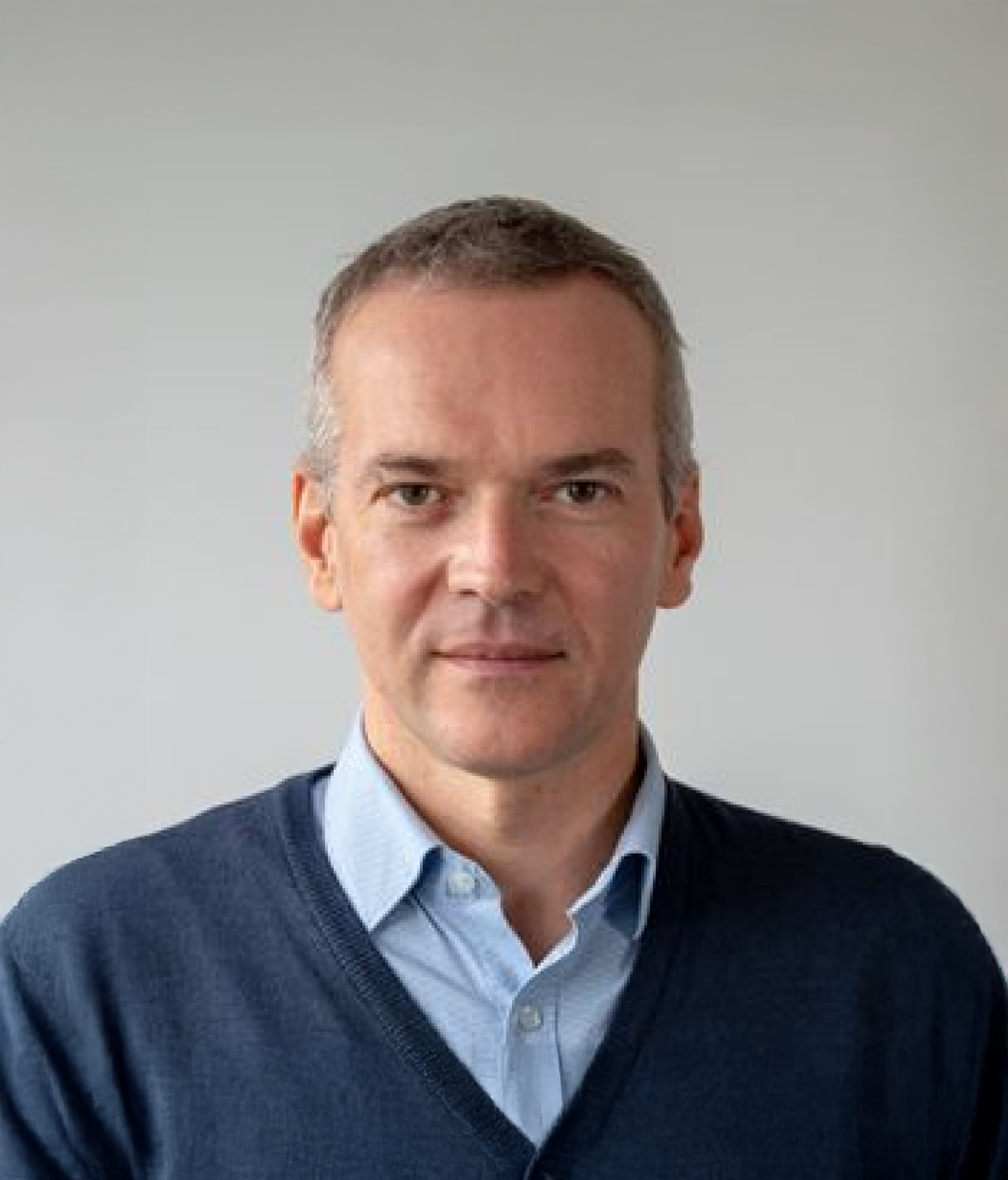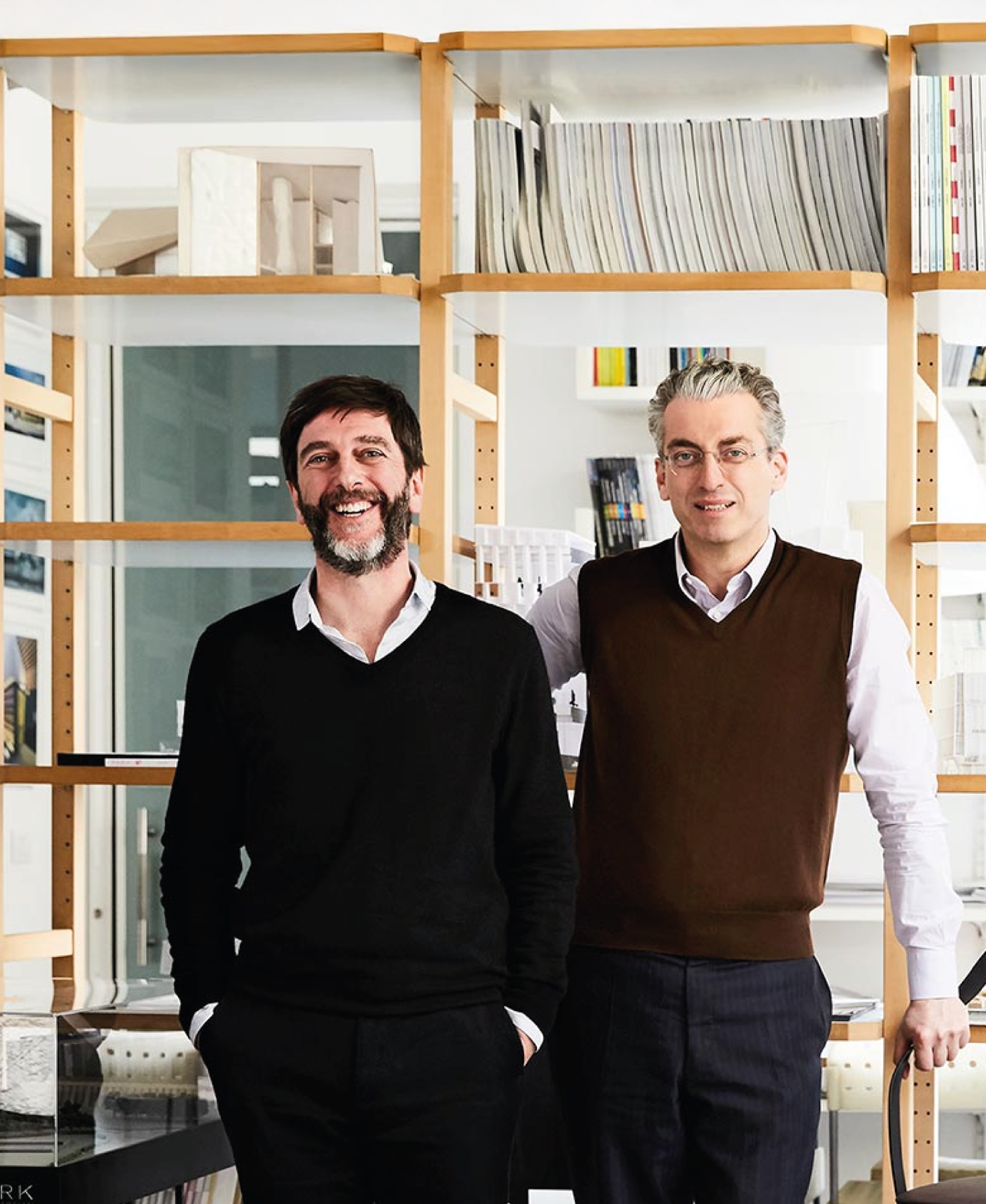
Author: admin


An Alumnus on Mars: the Italian designing Elon Musk's spacecrafts
The story of Mauro Prina, a mechanical engineer, responsible for the mechanical design of SpaceX's Starship.
On January 13, 2025, the seventh experimental launch of a SpaceX rocket is scheduled, designed to launch, return, and relaunch.
He has been working on it for years, Mauro Prina, a Polimi Alumnus in mechanical engineering and PhD.
From Polimi, through NASA and SpaceX, he wants to take us to Mars: an exploration dream that may still be far from becoming a reality, but in the meantime, it drives significant scientific and technological progress. He was interviewed by journalist Eleonora Chioda in an episode of #BeautifulMinds for the newspaper La Repubblica: "Desire is the engine of innovation, it's the most mysterious aspect of a person. If you take away desire, you're just a simple cog. Not following it is like killing a part of yourself. But it takes courage, you throw yourself where you don't know, and you can hurt yourself. But desire is the root of the adventure of knowledge." Read more at this link:
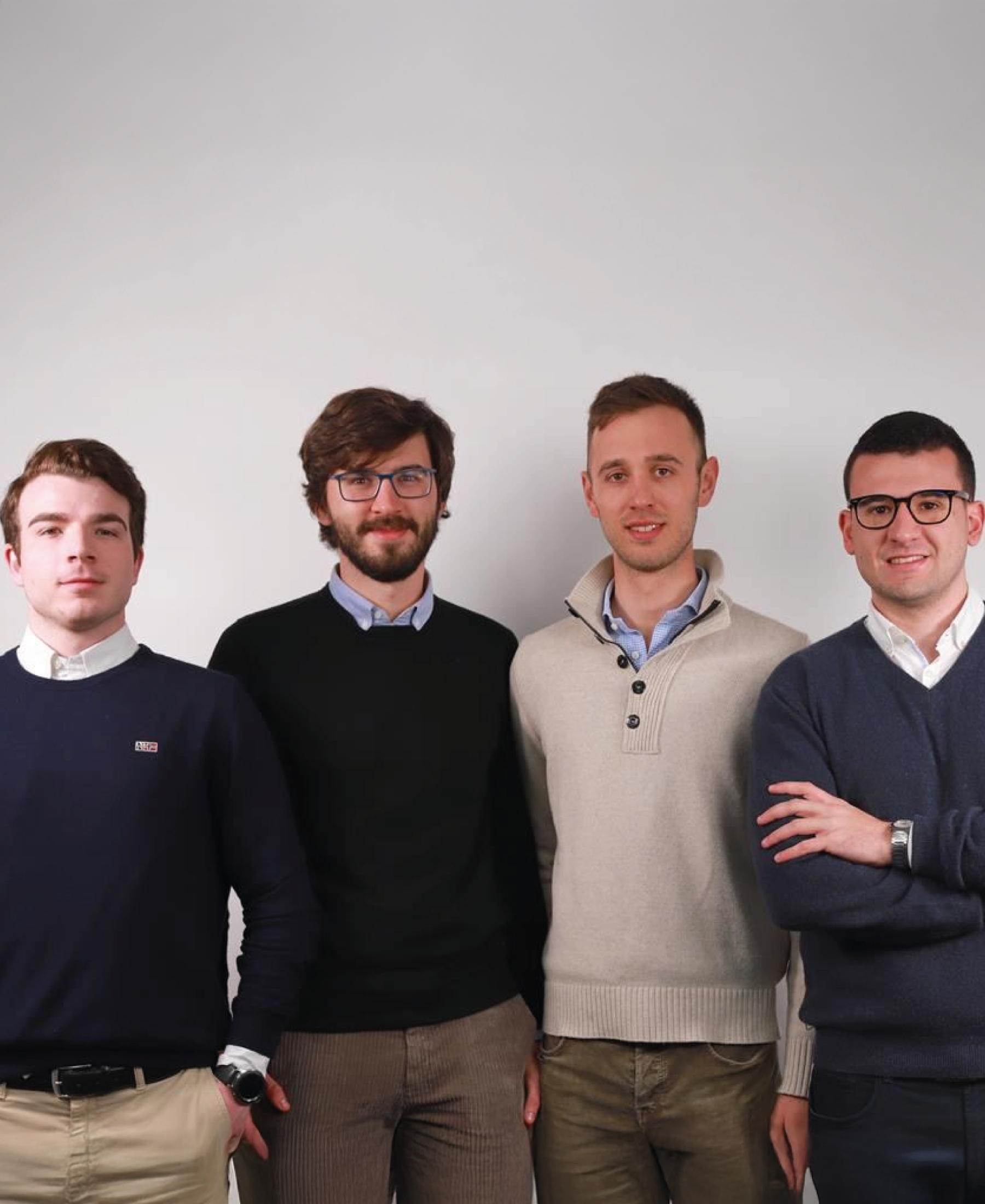
Sustainable packaging: from a Politecnico project to testing with Poste Italiane.

3 PoliMi Alumni among the 100 Faces of Marketing and Communication selected by Forbes Italia.
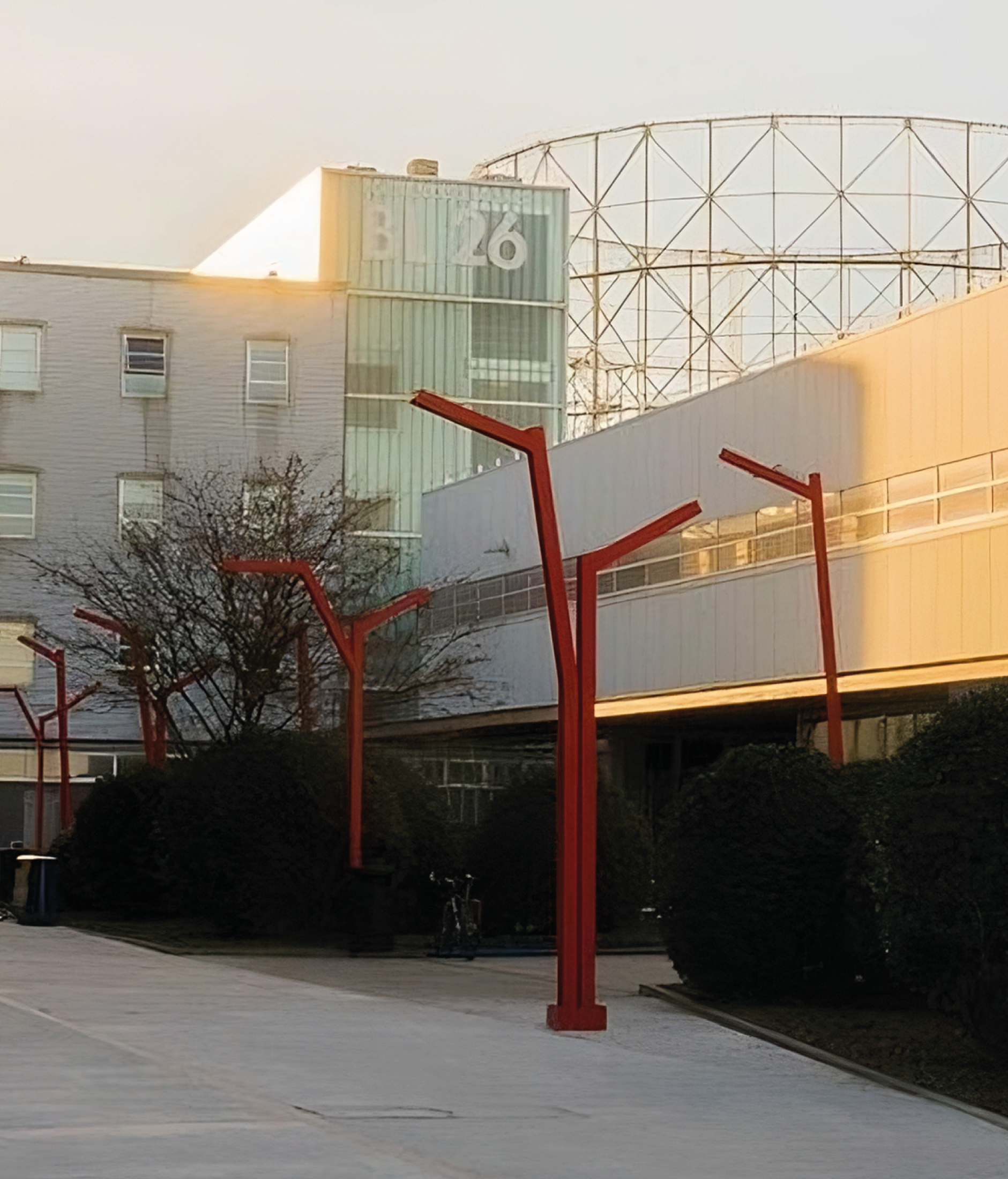
PoliMI's Business School ranks second in Europe.
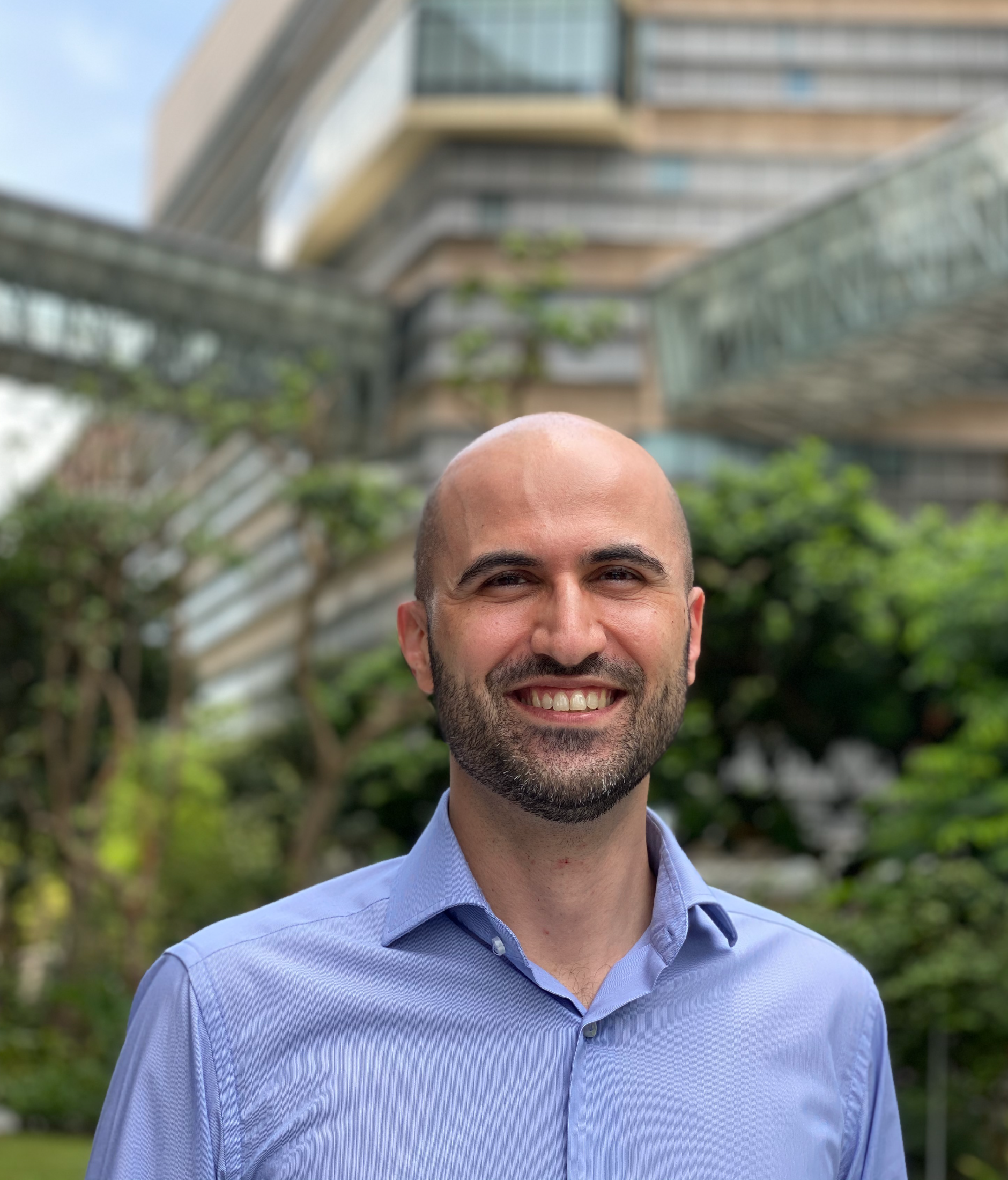
Awarded in Singapore: Alumnus Massimo Alberti with the start-up Revivo Biosystem.
At a certain point in his professional career, Massimo Alberti, a biomedical engineer who graduated in 2006 from Politecnico di Milano, decided it was time to "cross the line" by moving from research to the market. “I had been working for five years at this important technology institute in Singapore (The Agency for Science, Technology and Research A*STAR, ed.) and it was time to make a decision about the technology we were developing, which was advanced enough to attempt commercialization. That’s when my aspiration as an engineer emerged: the desire to see my research project become a product. So, I took the leap.”
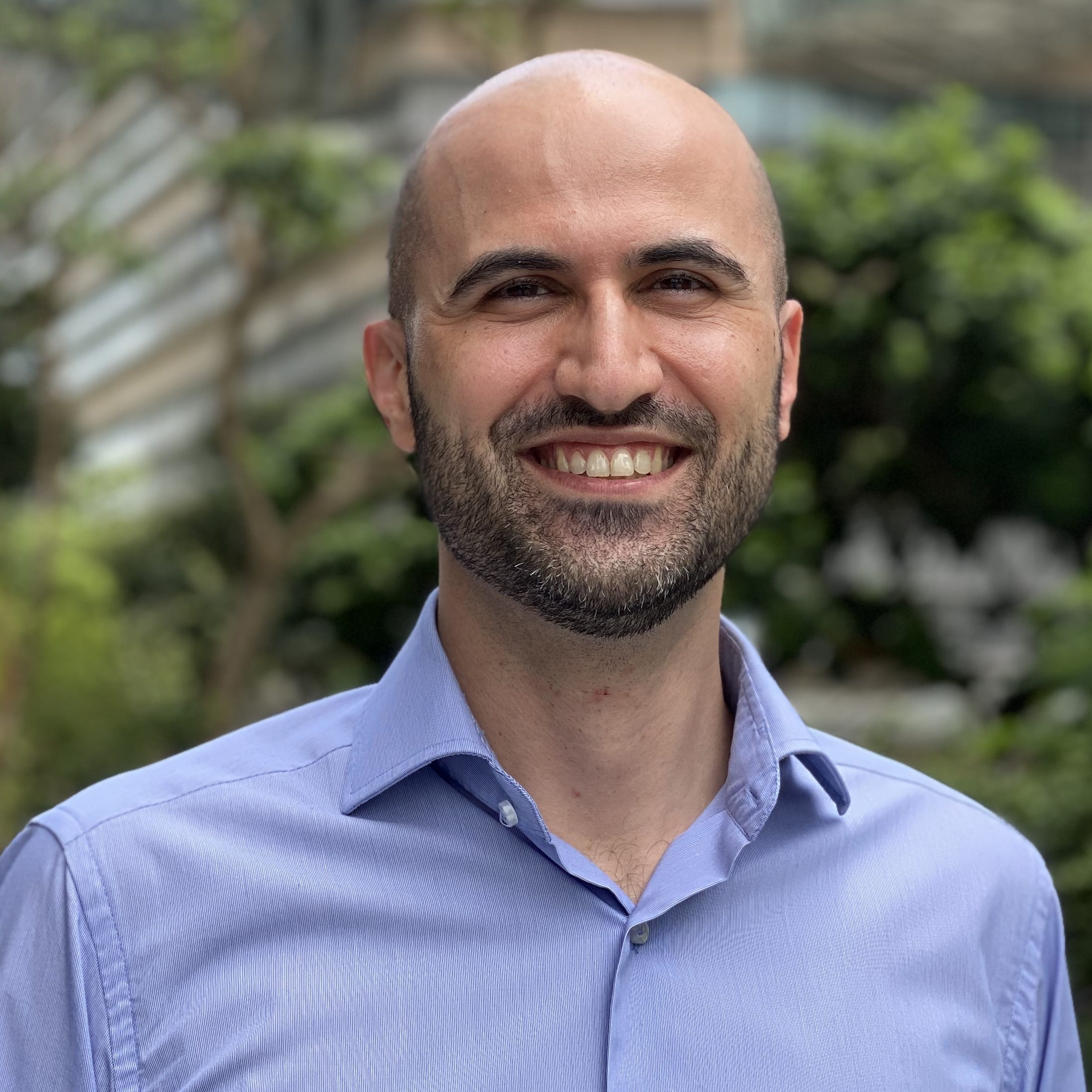
The launch went well. Today, Massimo is the founder of REVIVO BioSystems and leads a team of 8 people, including engineers and biologists. Not a large team for now, but the company's scalability rivals that of the most renowned Silicon Valley startups. “We have distributors in ten countries, and we aim to expand the network and open a branch in Europe. We will continue to push into new sectors and are about to launch two new kits: one for anti-aging studies

What kind of technology are we talking about? “The company specializes in generating 4D tissue models in the lab for in vitro safety and efficacy testing. Our capabilities are the closest to real human skin among those commercially available. We have developed a combination of different technologies, from microfluidics, which replicates the function of blood flow, to genetic and tissue engineering, which allows us to reconstruct advanced, functionalized tissues in the lab starting from human cells. The resulting product is a tool where we can literally assemble these microfluidic devices with the reconstructed tissue to conduct tests for cosmetic purposes.” This includes the anti-aging market, wrinkle creams, and wound care, which alone would be enough to keep the company’s accounts busy. But this is just the beginning of the journey.
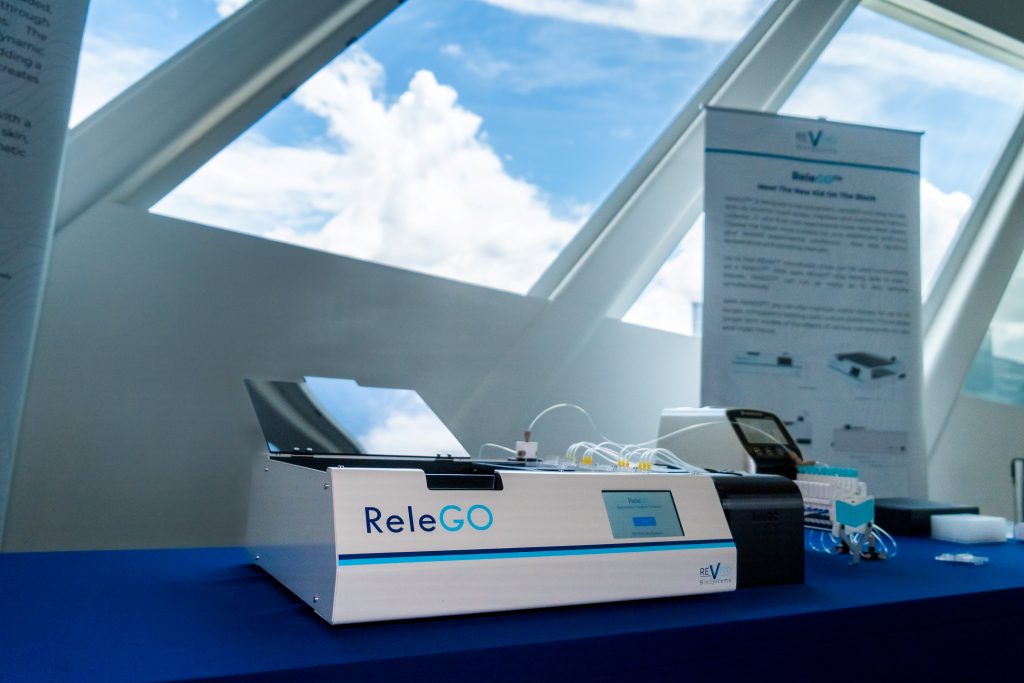
“The true potential of this technology lies in the pharmaceutical field, where the complexity revolves around existing regulations, which are very stringent due to health-related reasons. These are tissues that represent the internal and external barriers of the body, such as the oral mucosa for oral care testing. Moving toward more significant applications, we could analyze tissues from the digestive tract, stomach, and intestines. We have even considered, in a future model, developing tests for products that need to reach, for instance, the brain or be metabolized by the kidneys.”
The company’s innovation goes beyond technology; it also addresses a significant ethical and social aspect. “We strongly believe in scientific and technological advancement to accelerate the paradigm shift from animal testing to alternative methods (NAM). Consequently, our innovation will help accelerate the development of chemical, cosmetic, nutraceutical, and pharmaceutical products, while ensuring consumer protection and reducing or replacing animal testing. By providing more accurate and effective methodologies for preclinical testing, REVIVO will help relevant industries reduce development costs, particularly in the preclinical phase, which could ultimately make products more accessible. Looking ahead, using patient-derived cells for in vitro models, such as those we develop, will enable more effective approaches in precision medicine and personalized cosmetics.”
Economic growth, advanced technology, and social and ethical responsibility are precisely the reasons why REVIVO BioSystems received the prestigious international award “Innovation That Speaks Italian,” presented directly to Massimo Alberti by Ministers Bernini and Tajani, representing the Ministry of University and Research and the Ministry of Foreign Affairs and International Cooperation. This highly innovative award is granted to tech startups operating abroad and founded by Italian citizens.
“I am very proud of this honor. Not only because it comes from my country, which I have been away from for over fifteen years, but also because, for the first time, this award, now in its sixth edition, is being given to an entrepreneur based in Asia—a continent with significant biotech development, even though the leaders remain the United States. The fact that Italy has awarded me signifies that they are also starting to recognize other countries. This award also demonstrates that pursuing an unconventional and challenging career path while embracing a global perspective can lead to meaningful achievements and recognition on the international stage.”

What drove you to leave Italy after university? “Curiosity and the desire to explore have always pushed me to seek new experiences. The first opportunity came during my years at Politecnico di Milano when I did an Erasmus program in Norway. That’s where I realized the value of experiencing other countries. I completed my PhD in Denmark, where I lived for seven years.” Then came the move to Singapore. “Compared to other places in Asia, Singapore is where East meets West. English is the official language, and it’s also a very green and livable city. It has a high quality of life: infrastructure and public transportation work well. It’s a city that is geopolitically stable.” Have you ever thought about returning to Italy? “I might consider moving back to Europe to be closer to France, where we currently have significant commercial ties. We are fundraising for our second round of financing, and it would be important if interested investors could help support our commercial expansion in Europe. In the future, who knows, if a concrete opportunity arises. Also, I have a daughter, and I’d love for her to get to know my country and Italian culture.”
What did you take from your time at Politecnico di Milano into your professional life? “When I started university, I came from a classical high school education, and thanks to the Politecnico, I gained a solid scientific foundation. My interest in developing cell cultures and microelectromechanical systems for in vitro applications began during my thesis, which focused on using microelectrodes to stimulate neurons cultured in the lab on a microfluidic device.”
A cutting-edge thesis that, years later, led you to found a successful startup. How do you see your future? “Today, I am very focused on this company, and my professional dream is to make it a leader in the field, enabling new technologies like this one to change how products are tested in the preclinical phase and help develop new ones that improve people’s lives more quickly and effectively.” Massimo’s motivation, however, runs deeper and is unexpectedly tied to his childhood dream. “I want to help people feel better through research and discoveries. For me, it’s a sort of mission. It’s no coincidence that, as a child, I wanted to become a doctor.”
But how does all this connect to biomedical engineering? “When I decided to enroll at university, I realized that by becoming a biomedical engineer, I could combine my passion for science with my desire to help others, just like doctors do. After all, if you think about it, technology allows you to have a broader impact on people—I can potentially reach many more.”
It’s easy to believe him. Massimo points out that the fluidic device, the core of his technology, is the size of a credit card. A card that doesn’t exchange money but delivers well-being to people.

Convention24

Interdisciplinary Science Rankings: Politecnico ranked 30th worldwide
The Politecnico di Milano is ranked 30th worldwide and 1st in Italy in the new Interdisciplinary Science Rankings (ISR) 2025 launched by Times Higher Education (THE).
The aim of the ranking is to measure universities’ contributions and commitment to interdisciplinary science, which is considered fundamental for tackling major global challenges. 1,023 universities in 92 countries around the world were analysed; 749 were included in the rankings which, for the 2025 edition, focused on natural and technological sciences, including disciplines such as Computer Science, Engineering, Life Sciences and Physical Sciences.
Encouraging an interdisciplinary approach to research is fundamental, especially for a technical university like ours. Expanding research groups, broadening the range of humanistic subjects, developing collaboration and joint degree courses with other universities, both in Italy and abroad, are the key to tackling challenges that have a strong impact on society and increasingly position us in a global context. This result certifies the commitment of the last few years and marks the compass to guide future developments.
This achievement represents not only a prestigious result, but also a starting point to further strengthen the role of the Politecnico as a global reference point in multidisciplinary research.
QS Ranking: vote for the best university
Employment prospects after graduation are considered one of the most important criteria when choosing a university. As a member of the Alumni community, we invite you to share your opinion with QS about the best universities in the world.

Alumnus Stefano Cappello is one of Forbes' "30 Under 30 to Watch."
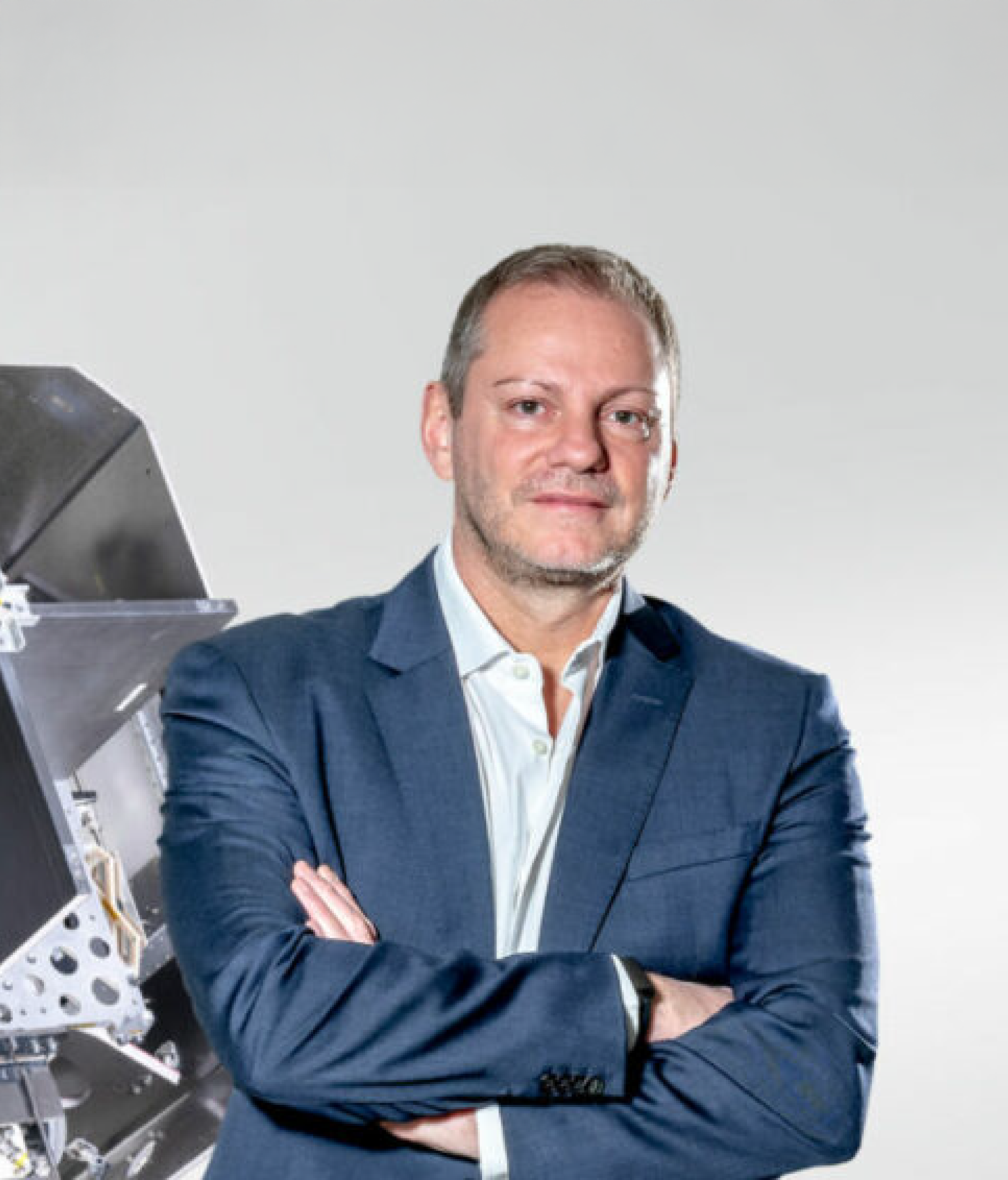
Space: Europe Bets on D-Orbit, Founded by Alumnus Luca Rossettini
"We are at the forefront of pioneering in-orbit maintenance," explains Luca Rossettini, CEO and founder of D-Orbit, in a recent interview with Fortune Italia. He is speaking about the company he founded, a European leader in the pioneering field of in-orbit servicing, the "logistics of space." But it also applies to Italy: a country that has always been at the cutting edge of space exploration, whose scientific and technological contributions have played a key role in shaping the aerospace industry of the entire continent.
And it continues to fuel this innovation: just a few days ago, the European Space Agency announced it had selected D-Orbit as its partner for its first in-orbit service mission, RISE. This commercial mission will demonstrate the ability to safely reach and dock with a geostationary client satellite. A milestone towards the sustainability of in-orbit services and technologies, such as refueling, refurbishment, and assembly.
Luca Rossettini is a Politecnico alumnus in aerospace engineering and holds a PhD. We’ve been following him closely for quite some time. In an interview he gave us in 2022, he shared his vision, now on the brink of becoming a reality: to create orbital service stations for satellites surrounding our planet. https://alumni.polimi.it/2022/02/21/un-satellite-e-come-il-maiale-non-si-butta-via-niente/
For years now, the company has been launching its ION carriers into orbit, which transport satellites to their respective operational positions. "In the new space economy, we call it last mile delivery," explains Rossettini. "Like a courier’s van, we roam space delivering packages door-to-door, meaning bringing satellites where they’re needed." This service has radically changed the way satellites are sent into orbit: "it saves up to 85% of time and up to 40% of costs."
With RISE, D-Orbit is launching the successor to ION: a new vehicle called Gea, representing a significant technological leap. The details of the platform have not been disclosed, but we know it will be equipped with robotic capabilities for in-orbit servicing and refueling missions. The RISE mission is another step for Europe toward building its own commercial infrastructure in geostationary orbit. For D-Orbit, it represents a contract worth nearly €120 million.
Discover more:
- The European Space Agency: ESA costruisce la prima missione di manutenzione in orbita con D-Orbit https://www.esa.int/Space_in_Member_States/Italy/ESA_costruisce_la_prima_missione_di_manutenzione_in_orbita_con_D-Orbit
- Fortune Italia: Spazio, l’Esa punta sull’Italia: contratto da 120 mln per D-Orbit https://www.fortuneita.com/2024/10/14/spazio-lesa-punta-sullitalia-contratto-da-120-mln-per-d-orbit/?swcfpc
- Il Sole 24Ore: D-Orbit, maxi-ordine Esa da 120 milioni per allungare la vita ai satelliti https://www.ilsole24ore.com/art/d-orbit-maxi-ordine-esa-120-milioni-allungare-vita-satelliti-AGim7ZY?refresh_ce&nof
